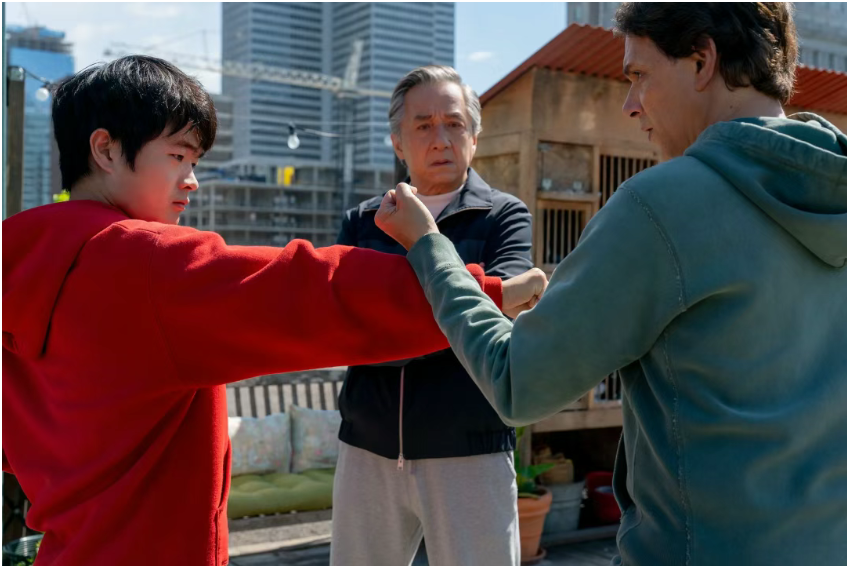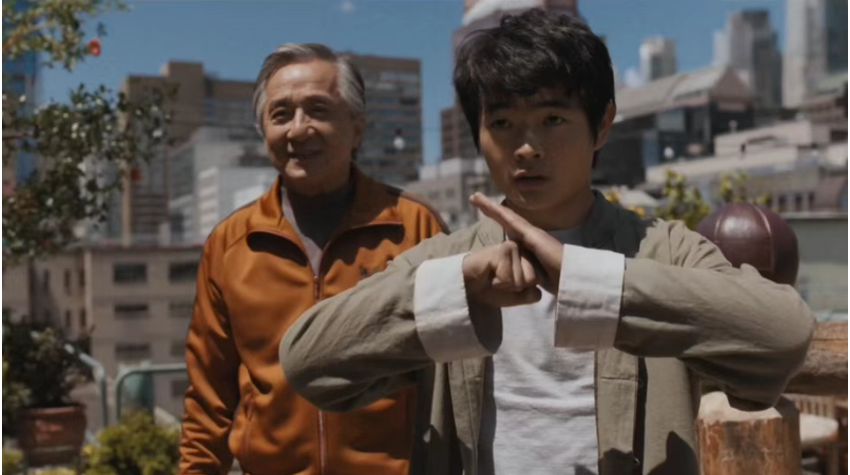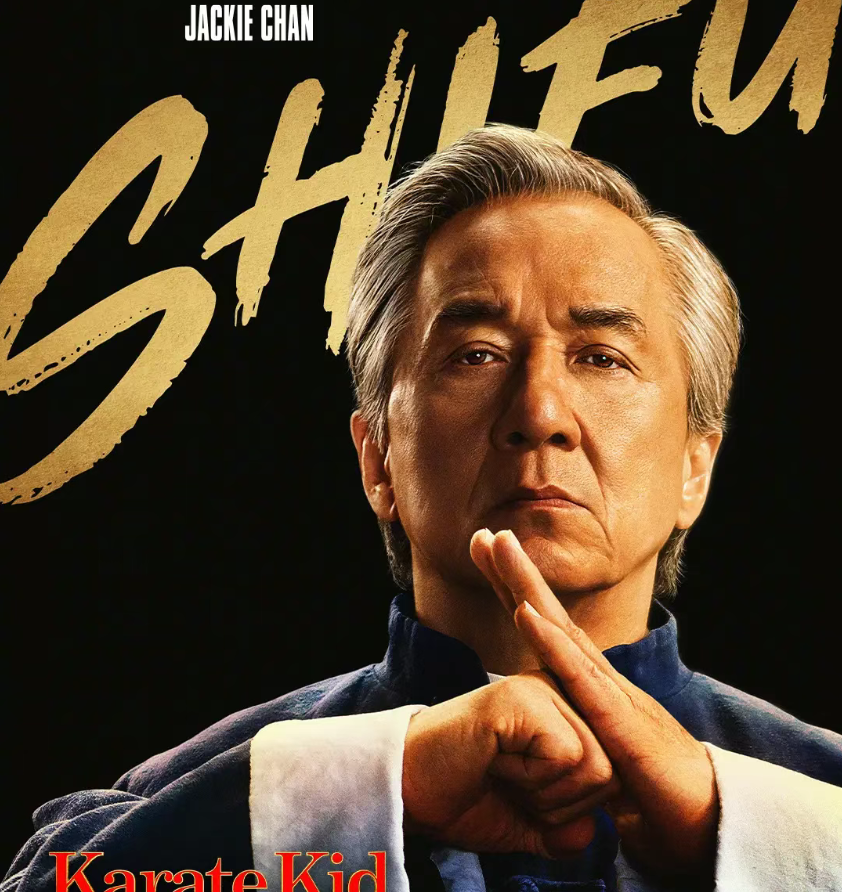In the Dazzling Galaxy of Cinema, Jackie Chan Shines Bright
The announcement of The Karate Kid: Path of Fusion sent waves of excitement through the film industry, with countless fans eagerly awaiting its release. Now that the movie has hit the big screen, can it live up to the legacy of Jackie Chan’s iconic filmography? What surprises and emotions will it bring? Let’s step into this highly anticipated new chapter.
A Fiery Return: Continuing the Martial Arts Legacy
As the sequel to the 2010 hit The Karate Kid, The Karate Kid: Path of Fusion carries the weight of nostalgia and high expectations. Fifteen years have passed, and Jackie Chan—once a dynamic action superstar—has evolved into a wise and composed martial arts master. Yet, his passion for kung fu and dedication to cinema remain unchanged. In this return, he dons the mantle of a mentor once more, effortlessly transporting audiences back to a world of adrenaline and inspiration.
The trailers alone showcase the film’s commitment to excellence. Breathtaking fight scenes, a hallmark of Jackie Chan’s movies, are once again a major draw. Everyday settings—like kitchens and rooftops—transform into electrifying battlegrounds under his direction. With seamless choreography, he turns ordinary objects—pots, pans, chairs—into weapons, delivering action sequences that leave viewers in awe. Every move reflects deep martial arts mastery, every strike brimming with power and precision, reminding us of the Jackie Chan who once dominated the silver screen.
The story follows Li Feng, a Chinese teenager who moves to New York and faces bullying from a local karate champion. Under the guidance of his former mentor, Mr. Han (Jackie Chan), and karate master Daniel LaRusso, Li Feng blends Chinese kung fu with karate techniques, ultimately standing up for justice and carving his own path in martial arts—and life. While seemingly straightforward, the narrative carries profound themes: a coming-of-age journey, a meditation on martial arts philosophy, and a celebration of cultural unity and human resilience.
Cultural Fusion: A Cross-Border Dialogue
One of the film’s greatest strengths is its seamless integration of diverse cultures. In today’s globalized world, cultural exchange is more relevant than ever. Jackie Chan has long championed Chinese culture in his films, and here, he masterfully blends Chinese kung fu, Japanese karate, and American urban life into a cross-cultural spectacle.
Mr. Han embodies traditional Chinese martial arts, his every move reflecting the depth and philosophy of kung fu. Meanwhile, Ralph Macchio’s Daniel LaRusso represents the discipline and intensity of Japanese karate, creating a striking contrast. As Li Feng trains under both mentors, he not only learns different fighting styles but also discovers the universal values that connect them.
This fusion extends beyond martial arts—traditional Chinese elements like lanterns and dojos interweave with New York’s modern skyline, creating a visually stunning experience. Cultural clashes arise, particularly in teaching methods, but mutual respect bridges the gap, reinforcing the message that unity transcends differences.
For global audiences, this portrayal of cultural harmony is powerful. It breaks down barriers, allowing viewers to appreciate diverse traditions while revitalizing martial arts for a new generation.
Action Innovation: Balancing Tradition and Evolution
Jackie Chan’s fight choreography has always set the bar high, and The Karate Kid: Path of Fusion is no exception. Staying true to his no-CGI, no-stunt-double ethos, he innovates by merging techniques from different disciplines, crafting fresh, exhilarating sequences.
Behind the scenes, his dedication is unparalleled. One fight scene reportedly took 48 grueling hours to shoot, with Jackie pushing through exhaustion, insisting, “I can go again.” This relentless commitment ensures his films’ enduring quality.
His signature creativity shines as everyday objects become weapons—kitchen utensils, furniture—infusing fights with humor and ingenuity. By blending kung fu’s fluidity with karate’s sharp strikes, he pioneers a dynamic new combat style. This balance of tradition and innovation redefines action cinema, proving it’s not just about spectacle but artistry and storytelling.
A Legacy of Inspiration
Like all of Jackie Chan’s works, this film carries a motivational core. Li Feng’s perseverance against adversity mirrors real-life struggles, offering audiences a blueprint for resilience. In a world where challenges are inevitable, his journey reminds us to face obstacles with courage and optimism.
Moreover, its celebration of cultural unity promotes global harmony—a timely message in an interconnected world. By embracing diversity, the film encourages mutual respect, making it more than entertainment but a force for positive change.
Conclusion: A New Milestone
The Karate Kid: Path of Fusion stands as another triumph in Jackie Chan’s legendary career. It marries heart-pounding action, rich cultural depth, and uplifting themes, proving his ability to evolve while staying true to his roots. More than a movie, it’s a gift to fans worldwide—a testament to the enduring power of martial arts and the unifying language of cinema.